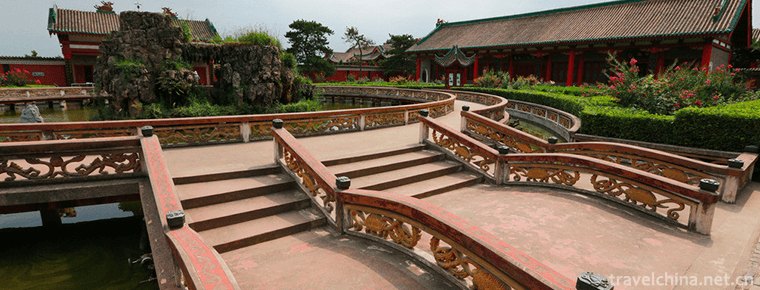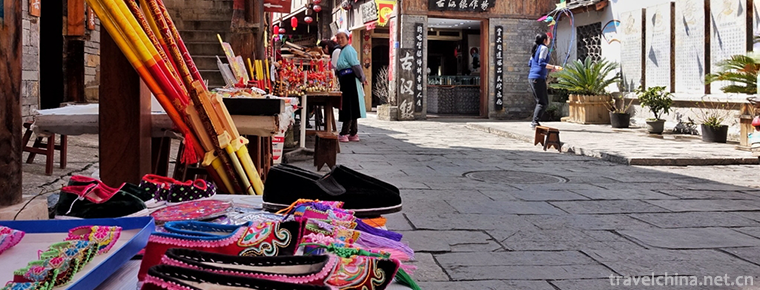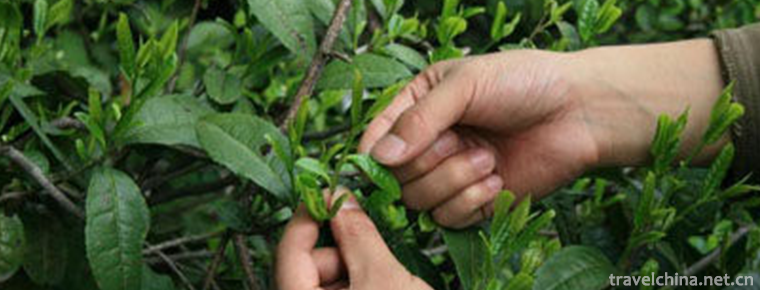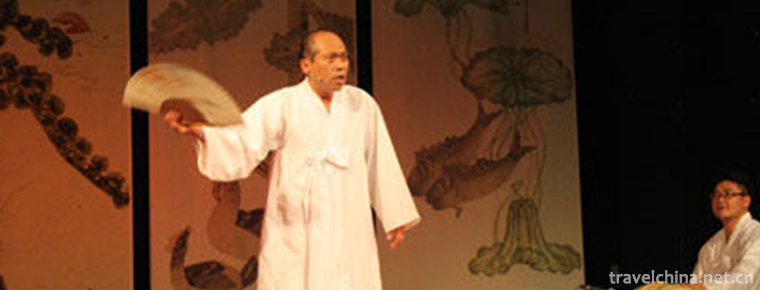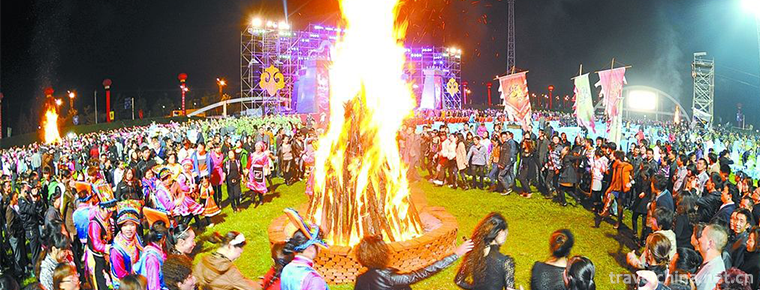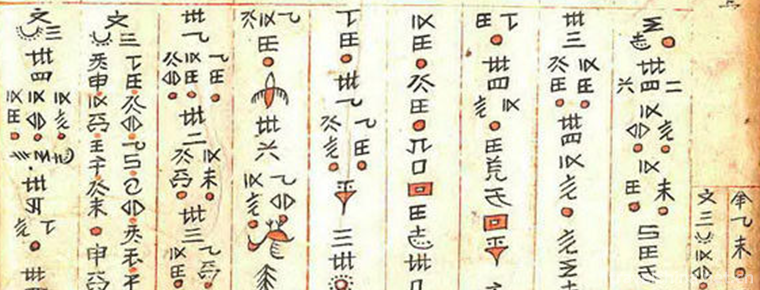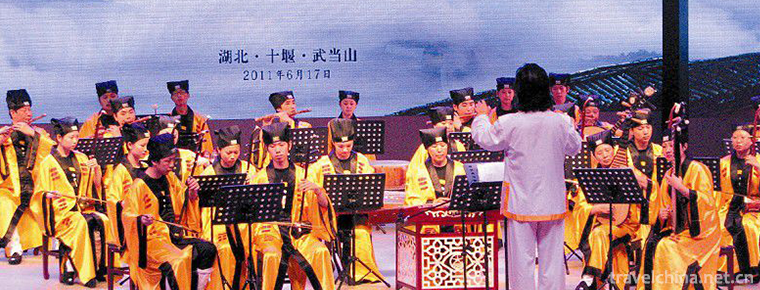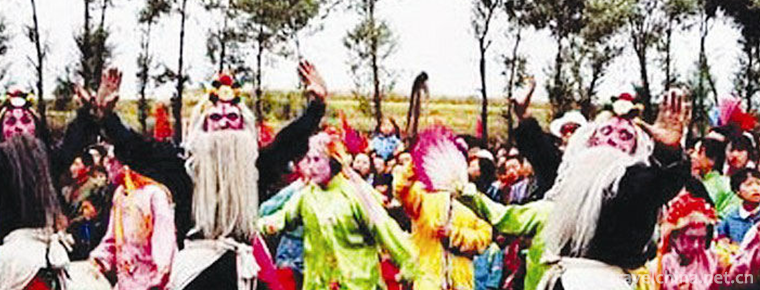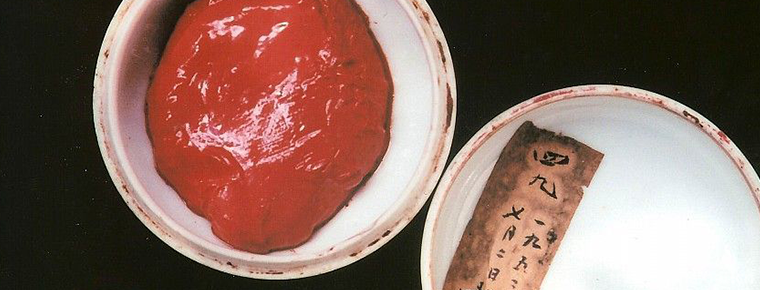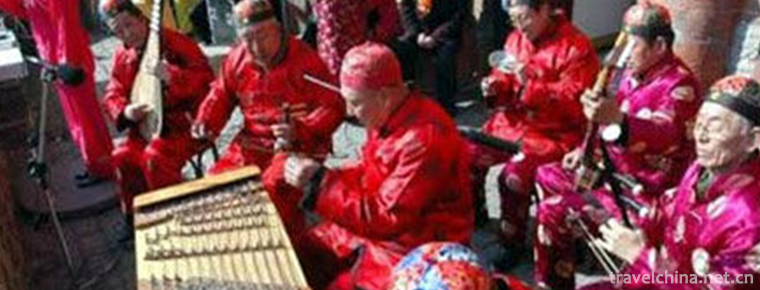Traditional craftsmanship of moon cakes
Traditional craftsmanship of moon cakes
Traditional Craftsmanship of Moon Cakes. Craftsmanship of Guo Dulin's Jin-style Moon Cakes
Declaration area or unit: Taiyuan City, Shanxi Province
Guo Dulin Jin-style moon cakes are Shanxi specialty. They are simple in shape, mellow in taste, crisp and refreshing, sweet but not greasy. They are famous for their crispness, delicacy, sweetness, mellow and harmony.
The craftsmanship of Guo Dulin's Jin-style moon cakes can be traced back to the Kangxi period of the Qing Dynasty, which has a history of more than 300 years. During the Guangxu period of the Qing Dynasty, Guo Dulin's moon cakes have been well-known in Jinzhong, Taiyuan, Datong, Linfen and other places, and become a gift of the Mid-Autumn Festival. Guo Dulin's moon cakes are exceptionally elaborate in the selection of raw materials and accessories, unique in skin kneading techniques and filling manufacturing techniques, unique in shape of the baking oven, completely dependent on manual control of baking temperature, after baking, the moon cakes are more rich in flavor and have a good taste through cellar ring ripening. Guo Dulin's moon cake production retains the traditional skills of Shanxi folk cake industry since Ming and Qing Dynasties, and its special technology of "filling with noodles" shows the characteristics of northern cake making techniques.
As the authentic inheritor of Jin style moon cakes, Taiyuan Shuangshuang Synthetic Food Co., Ltd. has made important contributions to the development and continuation of this kind of moon cakes. Due to the adjustment of crop planting structure in recent years, the yield of white wheat and other crops has decreased sharply, resulting in the lack of raw materials for Jin-style moon cakes. However, the traditional hand-made way makes it difficult for manufacturers to mechanize mass production. In this case, the living space of Jin-style moon cake making technology is difficult to expand, and it is urgent to protect.
Traditional craftsmanship of moon cakes. Angel Cantonese moon cakes craftsmanship
Declaration area or unit: Guangdong Angel Food Co., Ltd.
Cantonese moon cakes, also known as "Guangdong moon cakes", are an important type of Chinese moon cakes. They are named for their origin in Guangdong and are mainly sold in Guangdong, Hainan and Guangxi. Due to the early opening up of Guangdong in modern times, Cantonese moon cakes first went abroad and were sold to overseas Chinese settlements in Southeast Asia, Europe and the United States. They were well-known both at home and abroad in the late Qing Dynasty and the early Republic of China.
Angel Cantonese Moon Cake is an important branch of Cantonese Moon Cake. It originated from the Yongji Cake Shop of Liang family in Xinhui in Qing Dynasty. After several generations of inheritance and development, its skin production, filling boiling, filling, baking cake and other processes can be unique. Angel Cantonese style moon cake filling is mainly composed of lotus seed, bean paste and salted egg yolk. The moon cake skin is thin and filling rich, moisturizing and soft. The pattern of cake surface is exquisite and elegant. It has bright oil, golden yellow color, salty and sweet taste, and delicious and mellow taste. From the pie skin, Cantonese moon cakes are divided into syrup skin, crisp skin and ice skin, with syrup skin as the main type. This kind of cake skin is soft and moist, and its color is golden red. The sweet cakes with bean paste filling, salty cakes with seafood and sweet and salty cakes with stone nuts are all mooncakes with syrup skin.
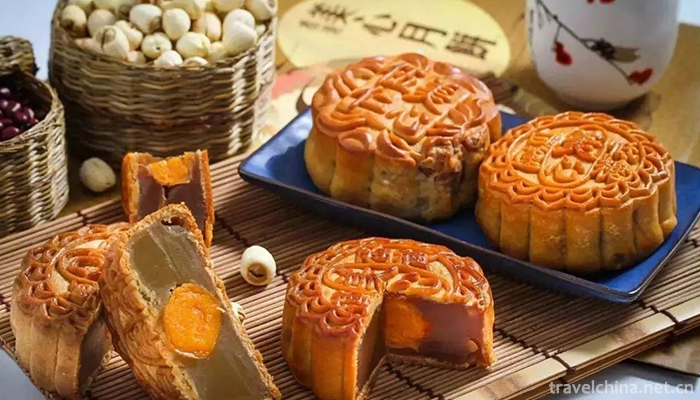
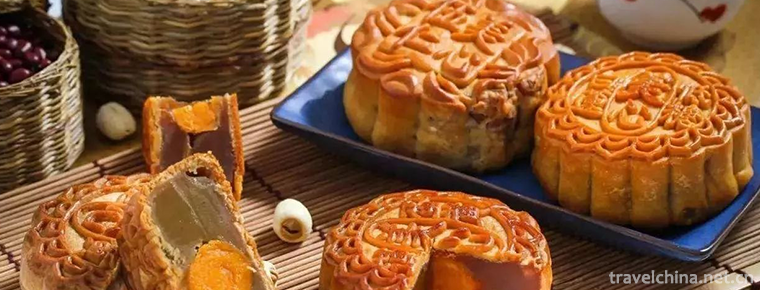
Traditional craftsmanship of moon cakes
-
BaoGuGu National Forest Park
Baoqianggu National Forest Park, Shandong Province, is located in the southeast of Shanting District, Zaozhuang City, Shandong Province. Its geographical coordinates are 34 degrees north latitude 59'4
Views: 181 Time 2019-01-02 -
Maoling Museum
Maoling Museum is located on the Wuling Platform between Xianyang and Xingping in Shaanxi Province, about 40 kilometers away from Xi'an. It is a Museum of Dynastic History of the Western Han Dynasty
Views: 193 Time 2019-02-07 -
Tianlong Tunpu
Tianlong Tunpu Town is located in Pingba District, Anshun City, western Guizhou Province. Deep in the mountains of karst landform, Tiantai Mountain and Longan Mountain are two mountains
Views: 201 Time 2019-02-21 -
Green Tea Production Techniques
Green tea production technology is a national intangible cultural heritage. Luan Guapian is a special kind of green tea. Cucumber seed-like flake-shaped tea is made from local endemic varieties by wre
Views: 314 Time 2019-05-15 -
Pansori
The main art of Korean folk art is Pan Suo Li, which appeared in the 18th century. At the beginning of the 20th century, it was introduced into China with the immigration of Korean nationality. The wo
Views: 203 Time 2019-06-08 -
Qiang Nationality Year
The Qiang Year is a traditional festival of the Qiang people, also known as the Year of the Youth, which is held on October 1 of the lunar calendar every year. In Maoxian area, there are special regul
Views: 196 Time 2019-06-10 -
Shui Shui Custom
"Shuishu" is a prototype written by the ancestors of the Shui nationality of the minority nationalities in Southwest China. Shui Shu custom is the formation, development and inheritance of S
Views: 214 Time 2019-06-15 -
Wudang Mountain Palace Viewing Taoist Music
Wudang Mountain Palace Taoist Music is the product of the combination of excellent traditional folk culture in Qinba area of Hubei Province and court music from Tang Dynasty to Ming Dynasty. It is the
Views: 251 Time 2019-06-30 -
Yangge Opera
Yangge Opera is a traditional opera art widely popular in China, mainly distributed in Shanxi, Hebei, Shaanxi, Inner Mongolia, Shandong and other places. It originated from the songs sung by the worki
Views: 225 Time 2019-07-10 -
Printing Mud Making Skills
Lu'an Indian Mud is a traditional handicraft in Jing'an District of Shanghai. It was initiated by Zhang Lu'an. The process is complicated and the finished product is kept for a long time. The printing
Views: 366 Time 2019-07-13 -
Yulin Xiaoqu
The lyrics of Yulin Xiaoqu are integrated with elegance and vulgarity. In terms of language style and structure, there are not only words used by ordinary scholars, but also local dialects and dialect
Views: 180 Time 2019-07-14 -
Yibin cultural undertakings
By the end of 2019, there are 7 art performance groups, 2 art performance venues, 11 cultural centers, 186 cultural stations and 10 public libraries in Yibin cultural system. There are 1 provincial science and technology tourism demonstration base, 2 prov
Views: 186 Time 2020-12-18

